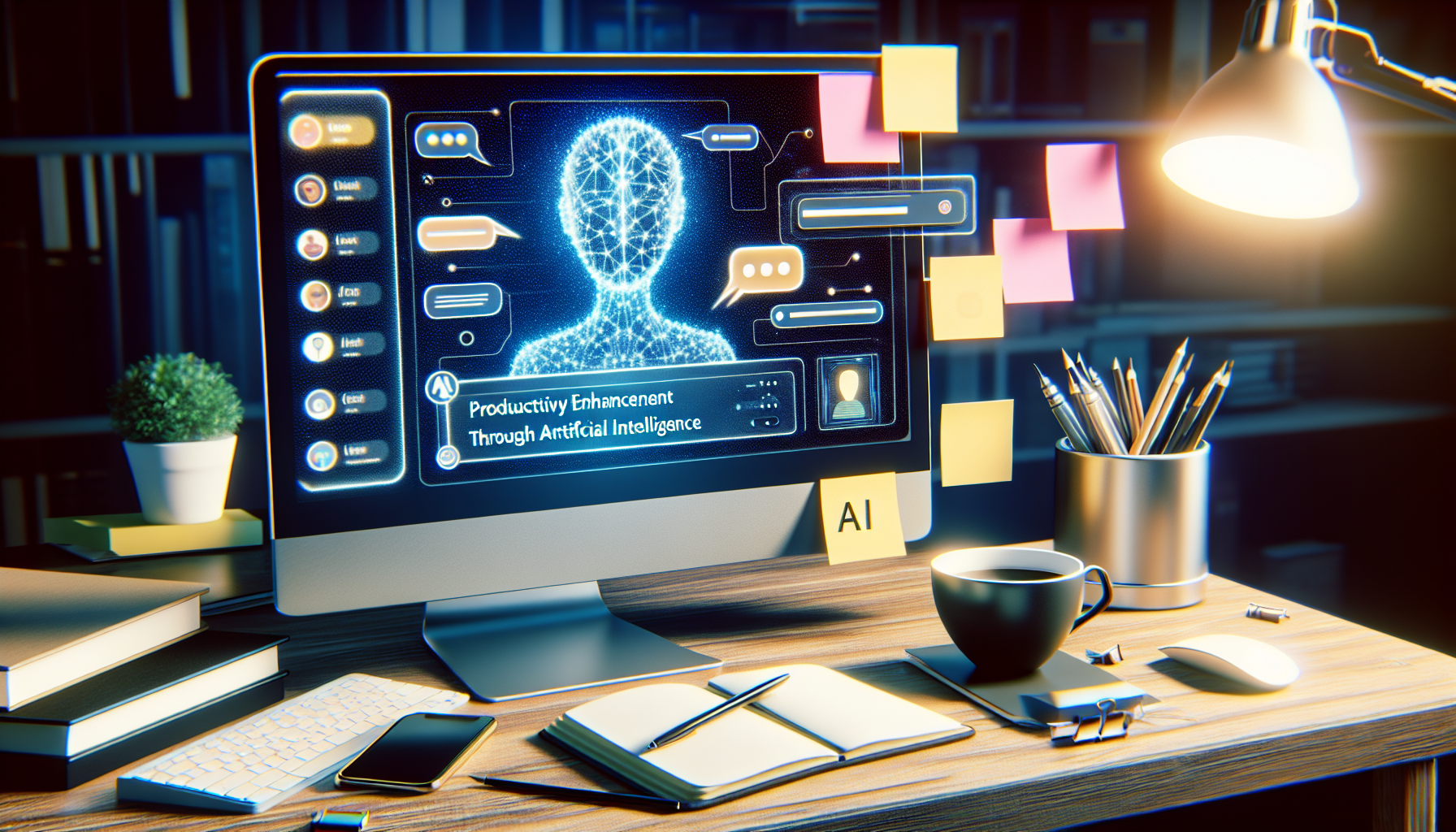Enhancing Productivity: A Comprehensive Review of ChatGPT
What is ChatGPT?
ChatGPT is an advanced language generation model developed by OpenAI, designed to understand and generate human-like text based on input prompts. Utilizing advanced neural networks, specifically a variant of the GPT (Generative Pre-trained Transformer) architecture, ChatGPT can comprehend context, generate creative responses, and carry on conversations. This technology presents numerous opportunities for boosting productivity across various sectors.
Applications of ChatGPT in the Workplace
-
Content Creation
ChatGPT excels at creating engaging content ranging from blog posts to marketing copy. By generating ideas, drafting text, and editing, it allows content creators to focus on strategy and creativity rather than being bogged down by repetitive writing tasks. -
Customer Support
With capabilities that extend to natural language understanding, ChatGPT can power customer service chatbots. These bots can handle inquiries, troubleshoot common issues, and even escalate problems to human agents when necessary. This not only speeds up response times but also frees up human agents for more complex cases. -
Brainstorming Assistant
In team settings, ChatGPT can act as a brainstorming partner. By providing suggestions and alternatives based on given prompts, it stimulates creativity and opens avenues that team members may not have considered, thereby enhancing collective output. -
Data Analysis Summarization
ChatGPT can process and summarize large datasets. By converting complex data into digestible insights, it allows professionals to quickly grasp key findings and make informed decisions with minimal effort. -
Learning and Development
Employees can use ChatGPT as a virtual tutor, asking questions and receiving explanations on a wide array of topics. This tailored learning experience helps them acquire new skills efficiently, promoting personal and professional growth. -
Project Management
By integrating with project management tools, ChatGPT can help in tracking progress, reminding stakeholders of deadlines, and even generating status reports. This functionality enhances transparency within teams and clarifies responsibilities.
Enhancing Team Collaboration
-
Real-Time Communication
ChatGPT serves as a virtual assistant in meetings by taking notes, highlighting action items, and even managing schedules. This ensures that team members can stay focused on discussions without missing crucial points. -
Language Translation
In diverse workplaces, language barriers can slow collaboration. ChatGPT’s ability to translate text in real-time makes it easier for teams to communicate effectively, fostering a more inclusive work environment. -
Idea Management
Teams can leverage ChatGPT to track ideas and feedback during brainstorming sessions. By organizing suggestions and categorizing them, it helps in refining concepts for better implementation.
Enhancing Personal Productivity
-
Task Automation
ChatGPT can automate repetitive tasks such as drafting emails or creating reports. Automated responses can save hours weekly, allowing individuals to concentrate on higher-value tasks. -
Time Management
The AI can suggest optimal schedules based on workload, helping users prioritize tasks effectively. This planning assistance reduces overwhelm and enhances overall productivity. -
Research Assistance
ChatGPT can condense lengthy articles or research papers into key points. For professionals needing to stay updated, this feature saves time and aids in quick comprehension of vast volumes of information. -
Idea Generation
When faced with writer’s block or creative fatigue, users can prompt ChatGPT to generate ideas or outline projects, providing a fresh perspective and revitalizing workflows.
Limitations and Considerations
While ChatGPT is a powerful productivity tool, it is essential to understand its limitations:
-
Contextual Understanding
The model may misinterpret context or generate inappropriate responses if the prompts are vague or unclear. Users should provide specific queries to minimize misunderstanding. -
Dependence on Data
ChatGPT’s training data includes biases inherent to the sources it learned from. Therefore, awareness is vital when seeking unbiased information, especially in sensitive topics. -
Basic Misalignment
It can occasionally provide factually incorrect information, making careful verification necessary when relying on its suggestions for critical decisions.
Best Practices for Using ChatGPT
-
Clear and Detailed Prompts
Providing detailed prompts leads to better outputs. Specificity in questions enhances the likelihood of obtaining useful responses. -
Setting Boundaries
Be mindful of what tasks are appropriate for ChatGPT. While it can assist significantly, decisions requiring a human touch should be left to individuals or teams. -
Iterative Engagement
Take advantage of the iterative nature of AI. Continue refining prompts based on previous interactions to get closer to the desired outcome. -
Combining Human and AI Efforts
The best results emerge from collaborative efforts between humans and AI. Use ChatGPT for drafting and idea generation, and rely on human judgment for final edits and decisions. -
Security Practices
Be cautious about sharing sensitive information with ChatGPT, as data security should always be a priority. Understand the confidentiality policies associated with AI tools.
Future of ChatGPT in Productivity Enhancement
The future promises even more integration of AI tools like ChatGPT in the workplace. Continuous advancements in natural language processing and machine learning will yield more personalized and context-aware AI systems. As these technologies evolve, organizations will benefit from improved productivity, efficiency, and innovation across various domains.
Conclusion
Embracing ChatGPT as a productivity enhancer presents unique opportunities across numerous sectors. By understanding its functionalities, limitations, and best practices, users can maximize its potential, paving the way for a more efficient and innovative future in work environments.


